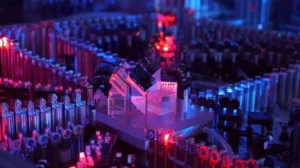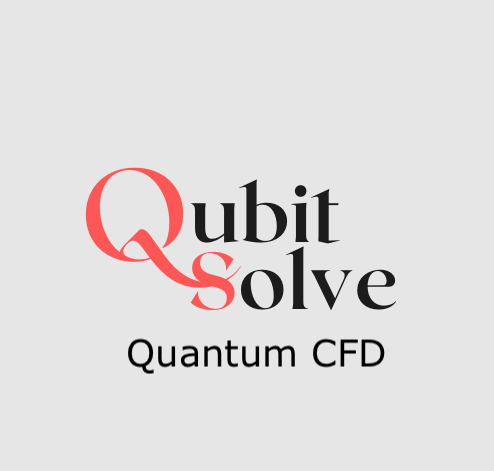
Reports from China suggest that scientists there are on the cusp of a new helium-based cooling system that could help quantum computing become more feasible. However, there are still questions on whether the new technique will scale.
According to the South China Morning Post, Shanghai-based researchers created a device that could create the extremely low temperatures that quantum computers typically operate in due to issues with environmental noise.
In a study published in Science Bulletin, Professor Dang Haizheng and his colleagues with the Shanghai Institute of Technical Physics at the Chinese Academy of Sciences, said they had built a chiller that does not require helium-3, a helium isotope that is also extremely rare and costly to produce, but necessary for many cooling techniques. The price of helium-3 has risen more than 40-fold to over $5,000 per litre in gas form in the last two decades, SCMP points out.
The new device relies on helium-4, the more plentiful type of helium used in party balloons.

In the experiment, the device kept a superconducting nanowire single-photon detector at a temperature of 1.8 kelvin for about 15 days. The detector is an optical sensor often used in quantum machines.
According to SCMP, the device is a lot like a common household refrigerator with more moving parts. A pulse energy source drives the device and, to build heat-transfer efficiency, it operates in high frequency.
Because helium-4’s behavior is often hard to predict, a special component is added to stop the gas’s antigravity climb.
More studies will need to be completed to determine whether the device can scale economically and used for mass applications.
Part of the device must also be built with extremely high quality components with precision twice as high as mainstream products today, according to the researchers.


















